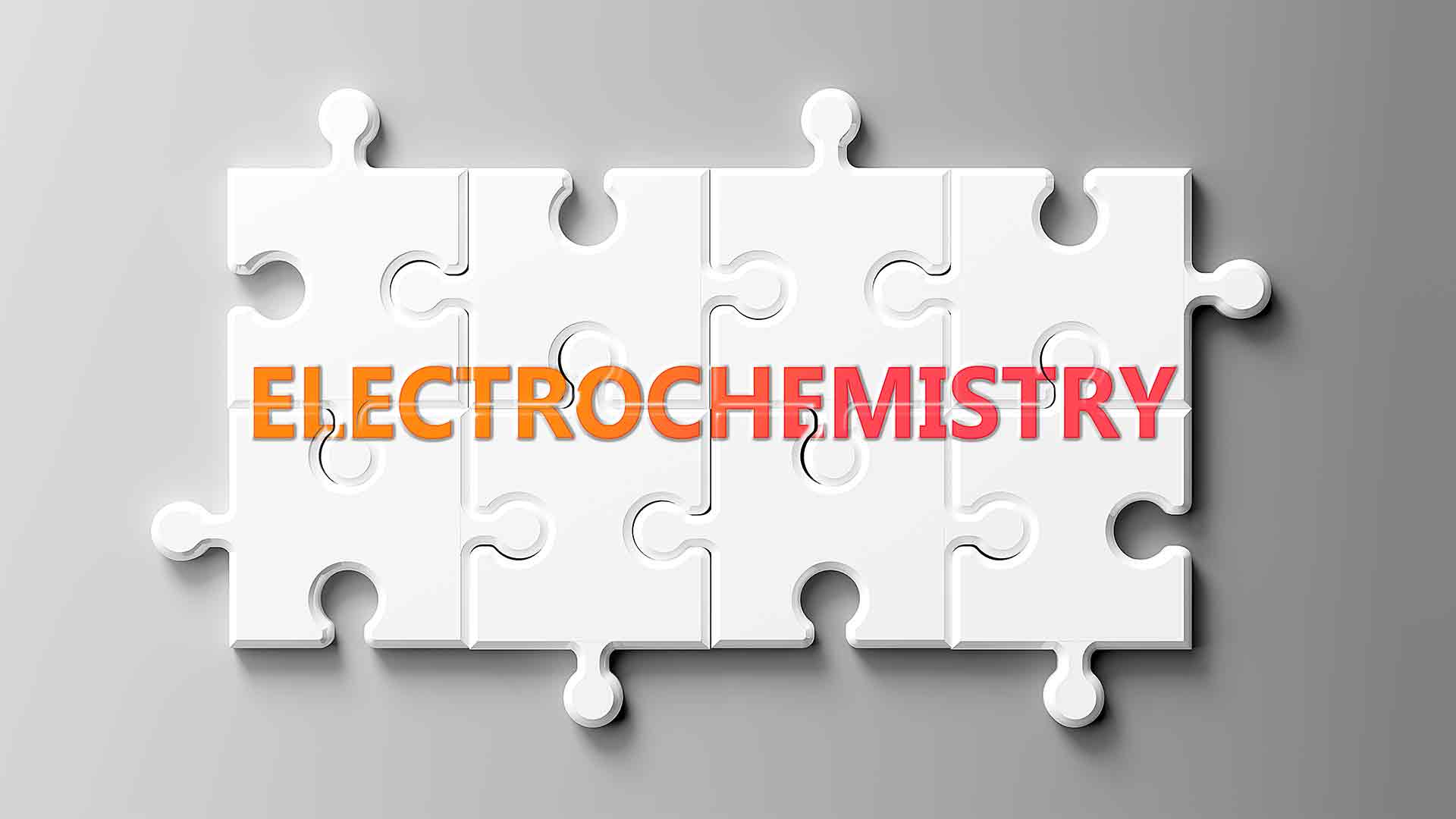Boron in Electrochemistry – Electrochemical Reduction
Boron in electrochemistry: Boron-doped diamond has been utilized as an electrode for the electrochemical reduction of CO2 – the conversion of CO2 to more reduced chemical species using electrical energy. It is one method for capturing and utilizing carbon. Boron-doped diamond enables hydrogen evolution to compete with CO2 reduction and suppress it. However, high overpotentials are still a problem that needs solving.

Boron in Electrochemistry
Electrochemical reduction of carbon dioxide has been a promising means to produce chemicals or fuels. Tin, silver, and copper are among the more selective metallic catalysts that have resulted in formic acid, carbon monoxide (CO), methane (CH4), ethylene (C2H4), or ethanol being produced via CO2 electrochemical reduction; methanol propanol and 1-butanol can also be made but only in small quantities.
CO2 potential reduction is a novel innovation of CO2 conversion when applied as an electrochemical process that follows two electrodes. Electrical energy is supplied to establish a constant voltage between the electrodes, allowing for the gas to be transformed into value-added chemicals in mild conditions and in an environmentally friendly way.
Boron as a Catalyst in Electrochemical Reduction
Boron-doped diamond has been utilized as an electrode for the electrochemical reduction of CO2 – the conversion of CO2 to more reduced chemical species using electrical energy. It is one method for capturing and utilizing carbon.
The electrochemical reduction of boron is a process that uses an electric current to convert borates into metal. This conversion can occur on the surface of silicon-based semiconductors, which are used as catalysts in this reaction.
The reactions generally follow these steps: (i) reactant flows the catalyst; (ii) electrons flow through the material and reduce some species to produce other products; and finally, (iii) product exits at a different location than it entered.
Boron-doped diamond: a CO2 electrode with high potential
Recently, boron-doped diamond has been utilized as an electrode for the electrochemical reduction of CO2. The vast potential of boron-doped diamond enables hydrogen evolution to compete with CO2 reduction and suppress it. However, high overpotentials are still a problem that needs solving. We attempted to overcome this by depositing metal on the surface to lower its potential. Pd was explicitly chosen due to its ability to modify the surface area and allow us access at −1.6 V vs. Ag/AgCl, where we could produce more energy (53% faradaic efficiency).
Boron-doped CuO Nanobundles: CO2 Reduction for Ethylene
Novel boron-doped CuO nanobundles are designed for CO2 reduction to ethylene, and their faradaic efficiency can reach 58.4% with a current density of 18.2 mA cm−2. This active, selective, and simply prepared electrocatalyst provides a promising candidate towards building an economical solution that takes the burden off carbon emissions by converting them into something we need on our planet – commodities like fuel or plastics.
Boron Phosphide Catalysts Promote CO2 Reduction
Electrocatalysis has emerged to fix CO2 to CH3OH, but the development of metal-free electrocatalysts with high selectivity for CH3OH formation is still a significant challenge. Here it’s shown that boron phosphide nanoparticles perform efficiently as nonmetal catalysts in reducing CO2 at −0.5 V versus reversible hydrogen electrode, achieving 92% Faradaic efficiency of formate conversion.
Density functional theory calculations reveal that Boron and Phosphide synergistically promote the binding and activation of CO2, and the rate-determining step for the CO2 reduction reaction is dominated by *CO + *OH to *CO +*H 2O process with a free energy change of 1.36 eV.
Applications in Everyday Life
Cell phones
Electrochemical reduction is a process that uses an external voltage to reduce the oxidation state of an atom or ion, and it’s part of life-giving electrochemical reactions which power our cells. Cells communicate through electrochemistry by sending and receiving electrical impulses across their cell walls. This basic understanding of the role of reduction in everyday life will help you live a healthier lifestyle.
Electric cars
Electrochemical reduction has a significant role in operating electric cars. Without it, n Electric car battery life would be exceedingly short – typically only 30 to 50 miles on average. This process is called “the conversion of oxidized or wireless energy into electricity.”
Handheld game consoles
Electrochemical reduction is vital in providing functions such as displaying data for various events in-game, communicating data between parts of system memory, controller input detection tracking, among others. Experiments have also found that there would be low voltage output generated by ordinary batteries without this process when heated or electrically charged, resulting in instability.
Remote controls
Electrochemically reducing on one electrode and oxidizing at the other causes a flow of current. This is used to remote power controls by sending an electric current through a wire or metal pad attached to a surface near the electronic device you want to activate, connecting both electrodes.
Handheld radios
Mobile and cordless radios used in communications devices can be powered by electrochemical reduction. When the positive potential of electrons is lowered due to oxidation, an electron jumps away from a nucleus and leaves behind a positively charged ion. That, in turn, attracts an electron from another atom nearby to create two balanced ions with different charges.
Laptops
The redox reaction is needed to convert the chemical energy into electric energy in a laptop, which powers the device. When a battery has distilled water inside it, it can then be circulated through an electrochemical conversion element that turns its chemical potential energy into electrical voltage. This process continues until eventually, all of the water evaporates, and you are left with just metal electrodes coated with metal oxide. There are two forms of this reaction used in these devices: primary cells (single use), where electrons pass from one electrode to another by electric current; and secondary cells (rechargeable) where there is both conduction and plenty of electrolyte solution, usually potassium hydroxide or lithium sulfate dissolved in distilled water.
Toy Drones, Toy Cars, Robots
The role of electrochemical reduction in toy drones, toy cars, or robots is to provide energy that can be used for power. Electrochemical cells are batteries where the charging process and discharge react: typically, “oxidation” reactions generate water and electrons known as electricity. This creates a circular reaction that causes ions (particles) that allow electric charges such as those found in Toy drones, toy cars, or robots to flow from an external source.





